A great question came in from a curious gardenerd this week:
“Just started composting! I have a composting tumbler in my yard as there are many animals I would need to keep out of a pile eg. deer raccoons, etc. I have a separate bin where I plan to collect autumn leaves to have available for adding to the composter with the green material. Is this acceptable? I have read elsewhere that it’s better not to use dead leaves as your main brown source. Also if I run out of leaves is it okay to use straw or hay ? (I would have to purchase it separately) I’m concerned about running out of appropriate brown material. Thanks so much! –Fern”
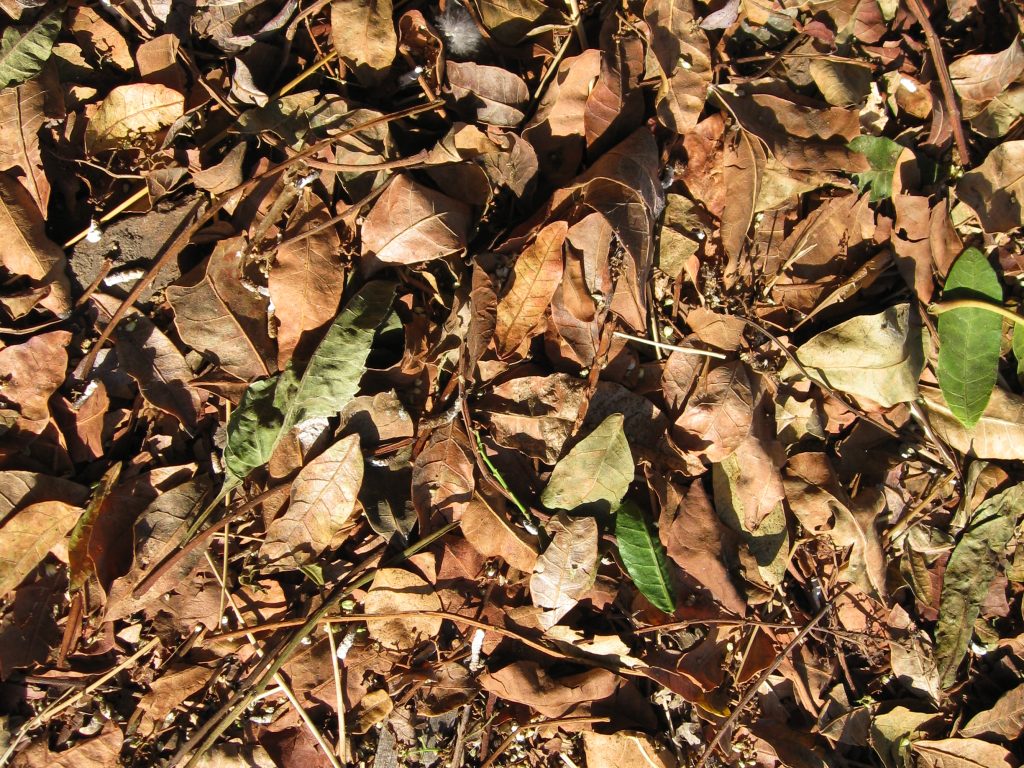
Thanks for writing in, Fern. Leaves are a great source of carbon for your compost bin. The only reason (that I can think of) why you might not want to use them as your main source is that they can mat down and form a barrier that prevents air flow and water penetration.
To combat this problem, mix dried leaves with scraps from your home: shredded office paper, used paper towels and tissues, or that straw you mentioned. BTW – Hay often has seed included in the bale, which means weeds sprouting in your garden. Stick with straw. You can also use thicker, chunkier material like wood chips that will break down more slowly and give microbes something more to feed upon as leaf material disappears.
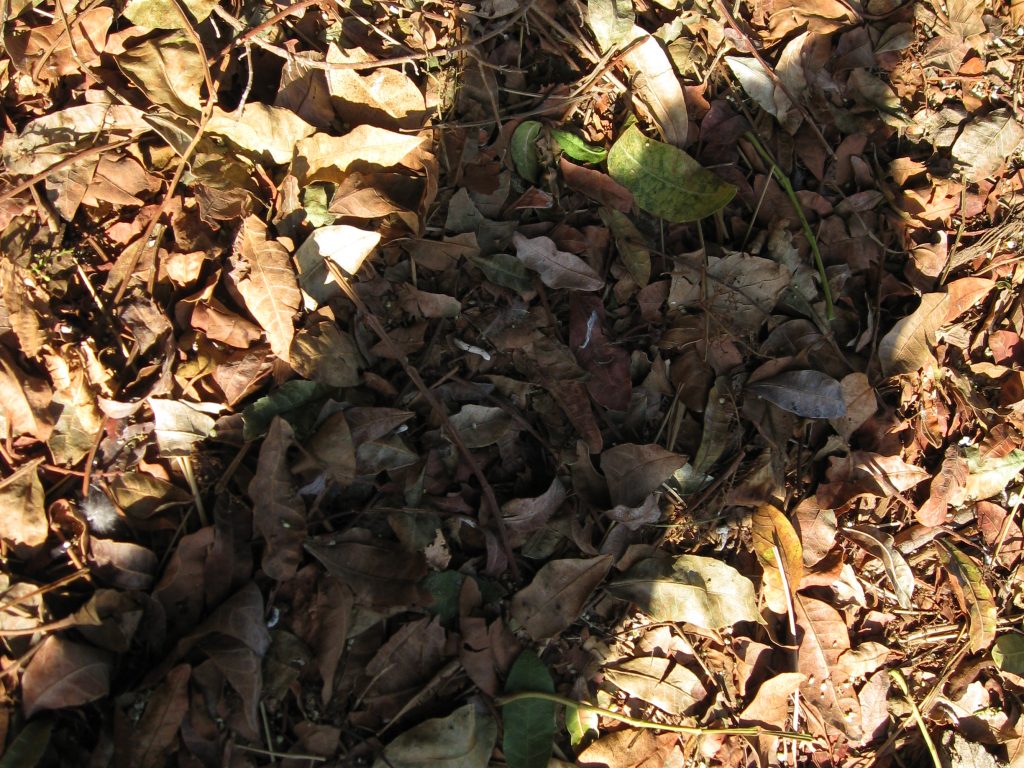
Many people suggest avoiding the use of pine needles or eucalyptus leaves in composting because they are acidic and/or naturally anti-microbial, so it creates a more challenging environment for the critters (fungi, bacteria, insects) to do their job breaking down your compost.
Oak leaves apparently make the best compost material, so if you have oak trees in your neck of the woods, gather some here and there. Just be sure to leave some for the tree. It’s how they recycle nutrients.
I hope this answers your question. Happy composting!
Hey gardenerds! If you have a favorite “brown” that you use, share it with us here.

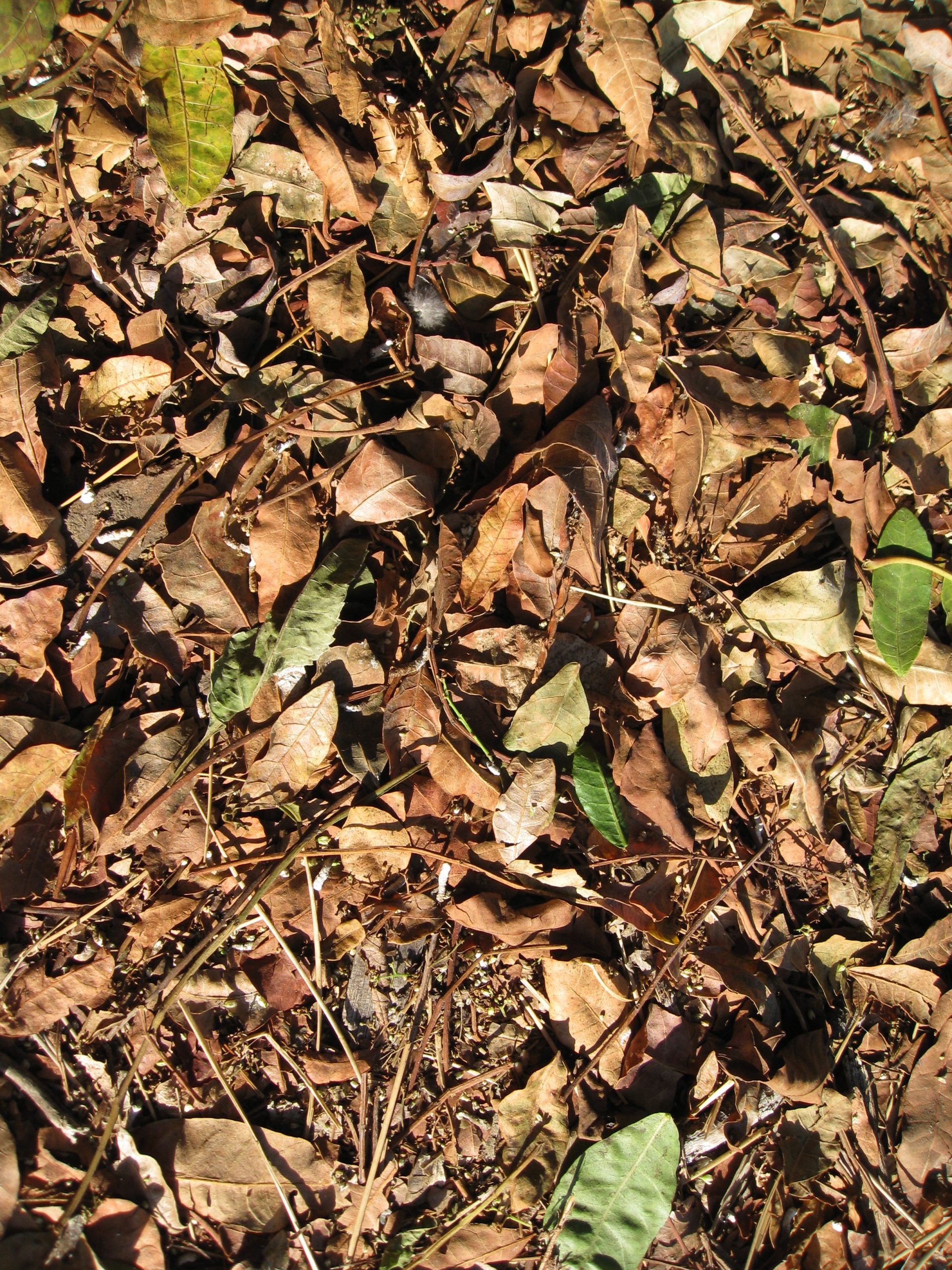
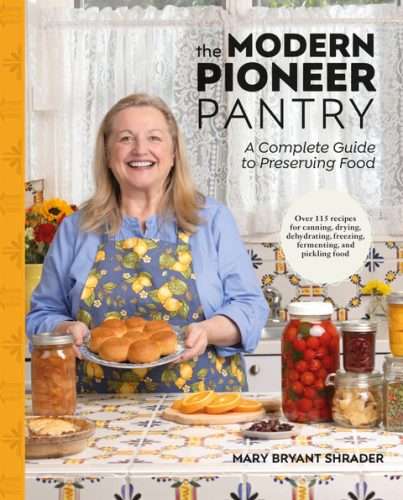
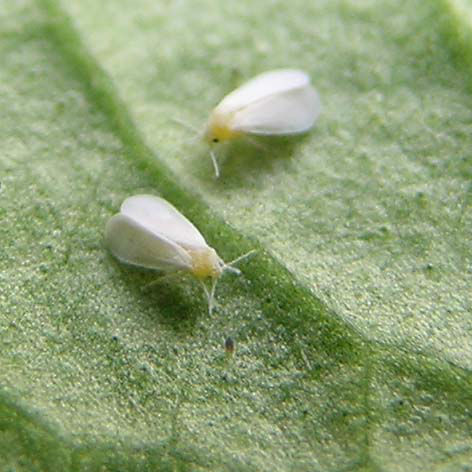
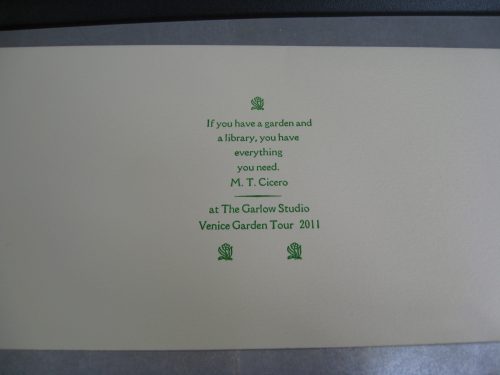
Now I have a smallest watermelon I want to upload the picture please help me out thanks Khushbu, Noida
I’d love to see that! You can post to Instagram or Twitter and tag us @gardenerd1.
Pingback: Ask Gardenerd: My Compost Is Too Wet! - Gardenerd
Pingback: YouTube Live: Best Compost Bin Setup - Gardenerd
Hi Christy,
You mention office paper for composting. Is it okay to use regular white office paper that’s been laser printed or ink jet printed for both worm bin and composting? Worried about bleach, toxins in the ink etc….but would sure give me a great supply of brown matter and bedding…
It’s fine. I’ve taken several composting workshops from experts who confirm that inks and finishes on most office papers are biodegradable and will dissipate in the composting process (one says 90% of the heavy metals in metallic inks do too, even though they don’t recommend composting glossy magazine pages and items with metallic inks). As for the bleaches, it’s not a big deal. Microbes make quick work of toxins to break them down to inert materials. Compost away!
Composted for years and found that if I ran the leaves over with my lawn mower thereby shredding them they worked great for composting. Had the kids rake them into a rectangle shaped then used the mower in concentric circles blowing it all to a long center pile. Raked them up and added to the pile.
Read somewhere that you can bag the leaves in black garbage bags, add some water, securely close then put them in a south facing locale. By late spring it is supposed to be ready to put on the garden as composted material. Haven’t ever tried it but it sounds doable.
Are recyclable brown bags that have some red writing ie trader joe, whole foods suitable to throw in the brown pile?
Yes. Most inks are soy based now and the process of composting removes many of the toxins left behind, if any.